Do you have a stash of juniper wood? If so, you are likely wondering if it burns well and if you can use it for firewood. We did some research on the topic and came up with the best answer. See our findings below.
Juniper wood burns very well. Some may say it burns a little too well. It is an extremely fast-burning wood. While you can use it for firewood, you will need to continuously add more logs to keep from running out.
If you still have questions about burning juniper wood, don't worry. In this guide, we'll discuss the topic in greater detail. Just keep reading to find out where juniper comes from, what it looks like, whether it is a hardwood or softwood, and much more.

Does Juniper Wood Burn Well?
If you need a reliable firestarter, juniper wood is an excellent choice. Not only does it ignite quickly, but it is also a fast-burning wood. Therefore, it is not a good option for long-lasting fires. You will need to continuously add more logs to keep the fire from dissipating.
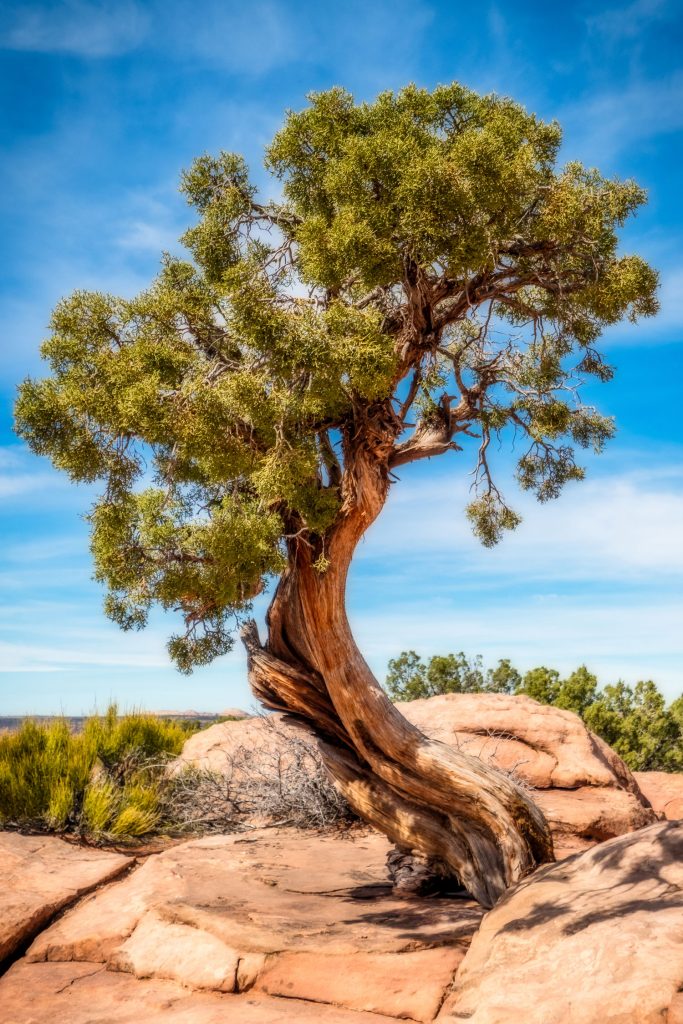
Fragrance
Although the wood doesn't last long, it is very fragrant. The juniper tree is closely related to cedar. When it burns, it gives off a wonderful pine scent. The smell lingers for quite some time. Therefore, if you enjoy the aroma, you can use one or two logs as a firestarter along with your usual firewood. The scent will last long after the wood is gone.
Sound
Do you enjoy the snap, crackle, and pop of a campfire? If so, you will love a fire made up of juniper wood. Its high resin content causes lots of popping. However, the popping becomes so intense that your fireplace will need a shield to protect your home from sparks. You can also expect a relatively large amount of smoke due to the high resin content.
Does Juniper Make Good Firewood?
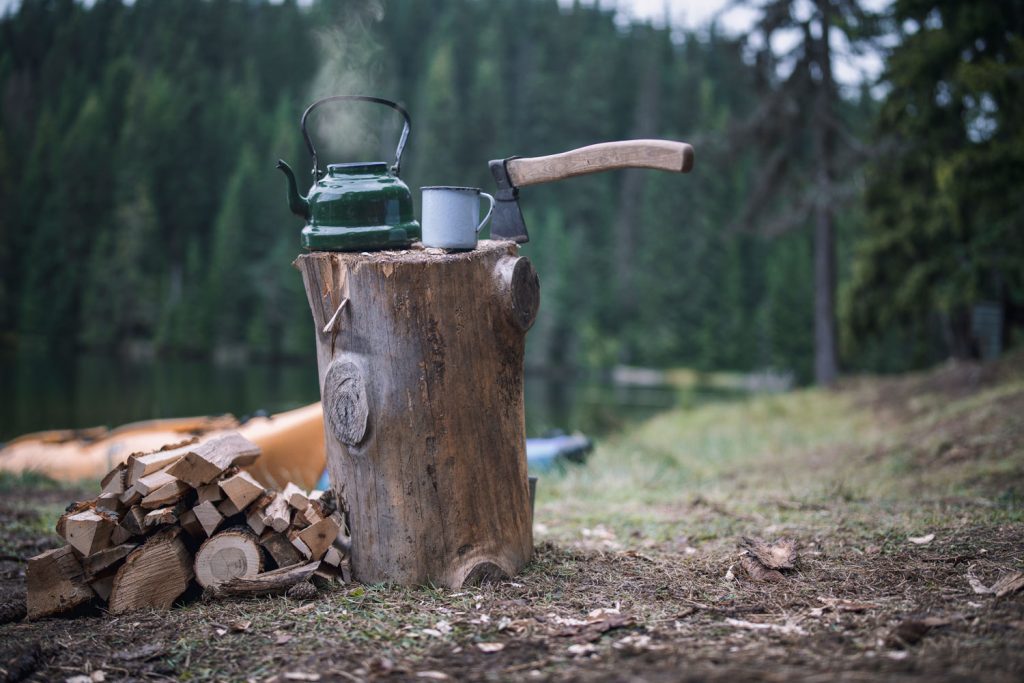
There are both pros and cons of using juniper trees as firewood. Its quick growth rate makes it sustainable, but its fast burning qualities make it more difficult to work with.
Burning
Juniper is a dense softwood, meaning it burns slower than your typical softwood but faster than hardwoods such as oak. It also burns at a lower temperature than hardwoods. Juniper usually runs cheaper than your classic firewood. However, you may not actually be saving money because you will need more juniper wood to last you through the winter.
According to Utah State University Forestry Extension, a cord of juniper will generate approximately 21.8 million BTUs. Whereas white oak generates 29.2 million BTUs, and pine generates only 15.9 million BTUs. To create a longer-lasting fire, mix your juniper wood with hardwood such as oak, maple, or ash.
Chopping and Seasoning
On the upside, juniper wood takes much less time to season than others. It can be dry within just six months when seasoned as unsplit logs and possibly sooner when split; whereas, most other woods take roughly one year to fully season.
Many kinds of wood are more difficult to split when they are still green, especially those with high resin contents. However, despite this factor, juniper can be split when dry or wet without consequence.
Click here to see juniper firewood on Amazon.
Sustainability
Juniper is one of the most sustainable woods available. Not only is it fully mature within seven years, but it is also considered an invasive species. Juniper trees will overtake the forest, pushing out other plant life and decreasing the water table in the area.
For this reason, many government agencies, such as National Parks and the U.S. Forestry Service, cut down juniper trees in an attempt to maintain balance in the environment. Instead of letting the trees go to waste, many of these junipers are sold as firewood.
Types of Juniper Firewood
There are several different types of juniper trees; however, since many grow as shrubs, only a select few are suitable for use as firewood.
Juniper Firewood
- Alligator Juniper
- Shaggy Juniper
- Rocky Mountain Juniper
- Western Juniper
Alligator Juniper
According to Fire Effects Information System, of all the juniper firewoods, alligator juniper generates the least amount of heat at 17.2 million BTUs per cord. However, it is easy to split and only takes six months to season. It is characterized by its bark which resembles alligator skin.
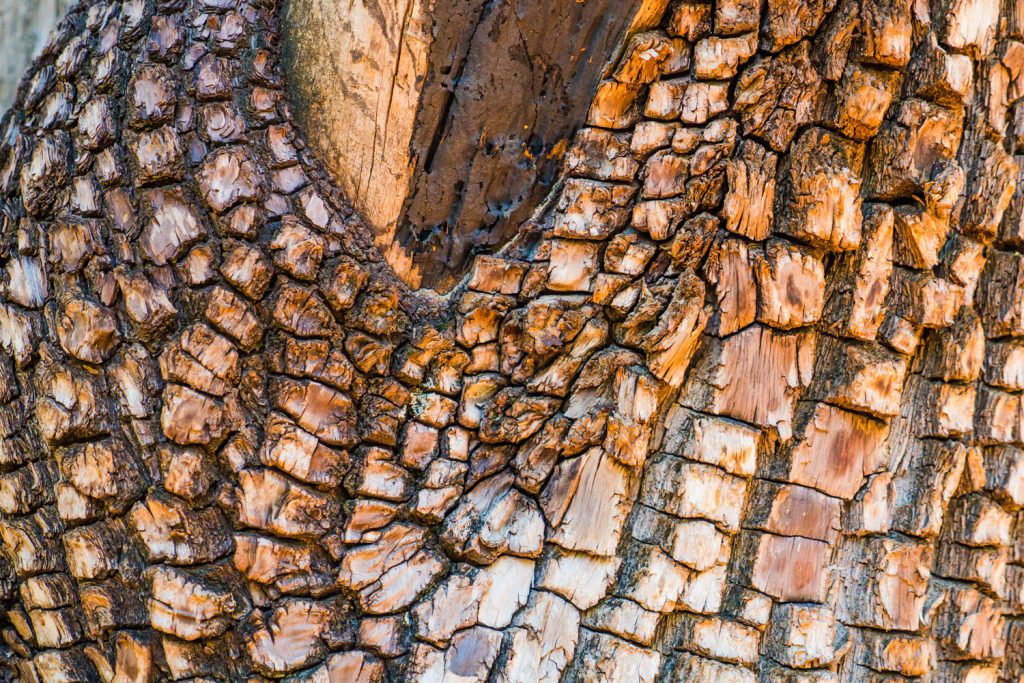
Shaggy Juniper
Shaggy juniper puts off 21.6 million BTUs per cord. It's not as easy to split as alligator juniper but only has a medium difficulty level. It is characterized by its shaggy bark that makes an excellent firestarter.
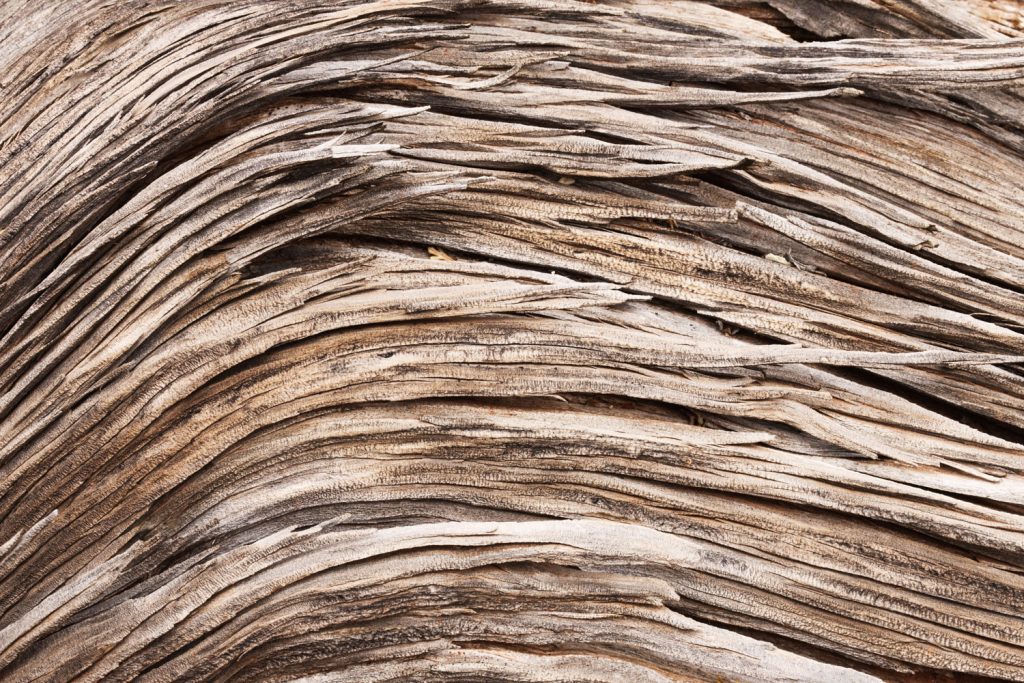
Rocky Mountain Juniper
The Rocky Mountain juniper generates 21.8 million BTUs per cord and takes six months to season. It has a medium level of splitting difficulty, and like all junipers, it contains a high resin content.

Western Juniper
Of all the juniper trees used for firewood, the western juniper generates the most heat at 26.4 million BTUs per cord. However, it takes 12 months to season and has a medium splitting difficulty level.
How Much Does a Cord of Juniper Wood Cost?
While prices may vary depending on seller and location, a cord of juniper firewood averages about $500. To compare, oak averages around $572 per cord.
- You can purchase alligator juniper firewood for $400 per cord from Cords of Wood.
- Cave Creek Firewood sells alligator juniper for $475 per cord and shaggy juniper for $440 per cord.
- Rocky Mountain juniper cords are $565 per cord with delivery. You can purchase it from The Colorado Tree and Firewood Company.
- Shaggy juniper firewood is $565.24 per cord from Nicholas Firewood.
Can You Inhale Juniper Smoke?
Juniper smoke is safe to inhale. In fact, you can purchase juniper incense and smudge sticks, bringing the calming scent to you without ever having to step foot outside. Some even believe that juniper is a natural health remedy, ingesting the berries and using juniper oil on the skin and in oil diffusers.
Click here to see this juniper incense on Amazon.
How is Juniper Used for Medicinal Purposes?
Some cultures use juniper to treat a wide array of illnesses. Some include the following:
- Warts
- Gallstones
- Gas
- Bad breath
- Gout
- Indigestion
- Inflammation
- Anxiety
It is used in different forms to treat different ailments. When the berries are turned into a topical ointment, juniper is thought to relieve joint pain and inflammation. People also crush the needles, adding them to warm baths to ease muscle pain. As an essential oil, individuals breathe in juniper steam to help relieve stress, calm the mind, and boost energy.
Click here to see this essential juniper oil on Amazon.
Juniper is even thought to help with childbirth by aiding with contractions along with many other medicinal uses. However, juniper remedies should not be used for extended periods of time. Doing so can be harmful to your kidneys and urinary tract system.
Click here to see this juniper supplement on Amazon.
Is Juniper Wood Good for Smoking Meat?
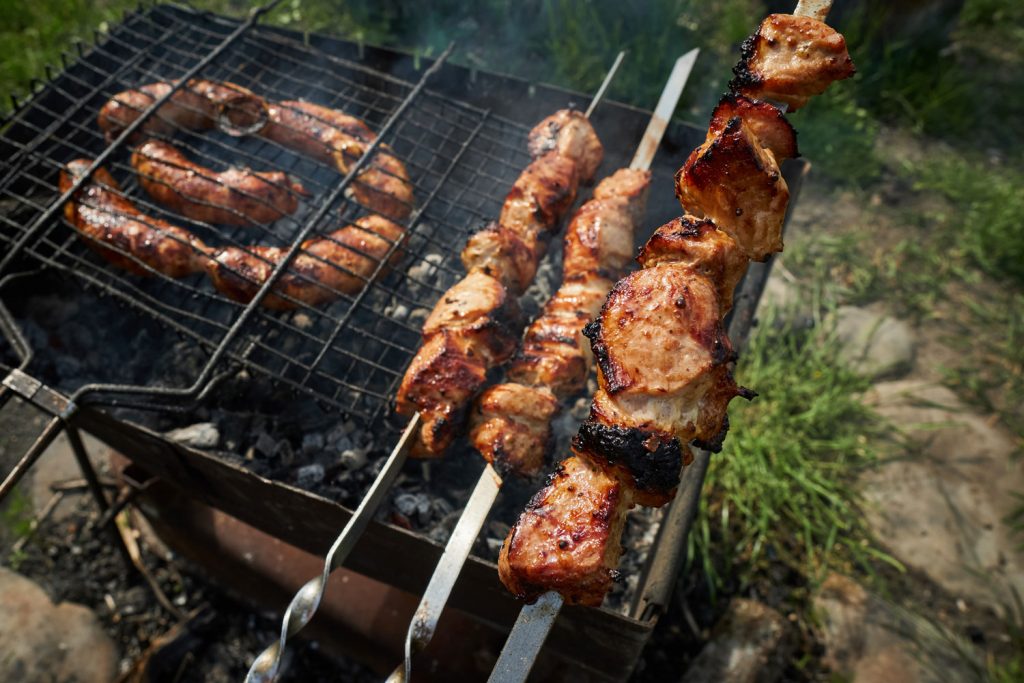
Juniper is an extremely aromatic wood, making it an excellent choice for smoking meats. It crackles and sparks a lot, so make sure to use a screen or other shield. You can even purchase juniper wood chips mixed with twigs and needles for your smoker or grill.
Is Juniper a Hardwood or a Softwood?
Juniper falls somewhere in between hardwood and softwood. It is definitely not a hardwood, but it is denser than most softwoods. While it is fast-burning, it burns slower than other softwoods.
What Does Juniper Wood Look Like?
Juniper is a very pretty wood, making it a great addition to your porch or next to your fireplace. The bark is brownish-grey and looks a lot like pine. The inside of juniper boasts a radiant red or purple heartwood.
How Can You Tell Juniper from Cedar?
Since junipers and cedars are in the same family, it can be extremely difficult to distinguish between the two trees, especially since some junipers are referred to as cedars. Both trees are coniferous evergreens and possess qualities similar to those of pine trees.
Most juniper trees grow as shrubs; whereas, many cedars grow in tall, tree-like forms. Both feature small cones; however, the juniper cones bud with berries, and cedar cones bloom with pink flowers. Juniper berries are edible and used to produce gin and heal sicknesses.
Where Does Juniper Wood Come From?
Juniper trees grow along mountains and heaths in Europe, Southeast Asia, and North America. Cedar trees, on the other hand, are native to the Himalayas and around the Mediterranean. However, many people plant them across the United States.
In Closing
Although juniper wood burns very well, as firewood, it has both good and bad qualities. It makes great starter wood with its fast lighting ability. It is one of the easiest woods to split both dry and wet, and it has an advanced seasoning time.
Juniper is one of the most sustainable woods available, making it a good choice for firewood. However, it burns fast and at lower temperatures, meaning you will need more juniper wood to stay warm during the winter.
If you need help finding slow-burning firewood to add to your juniper logs, read this post on our blog. Check out this post to find out if you can put too much wood in your fireplace. Finally, discover the size of a rick of wood here.


